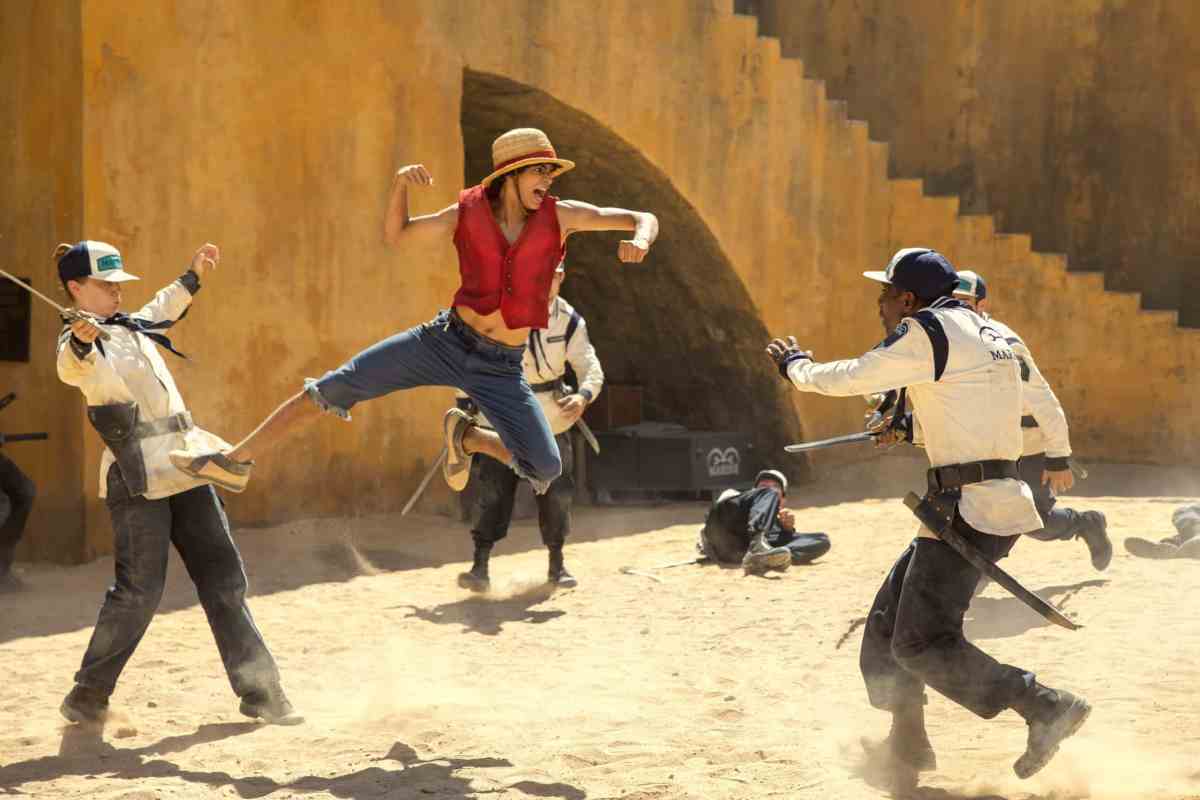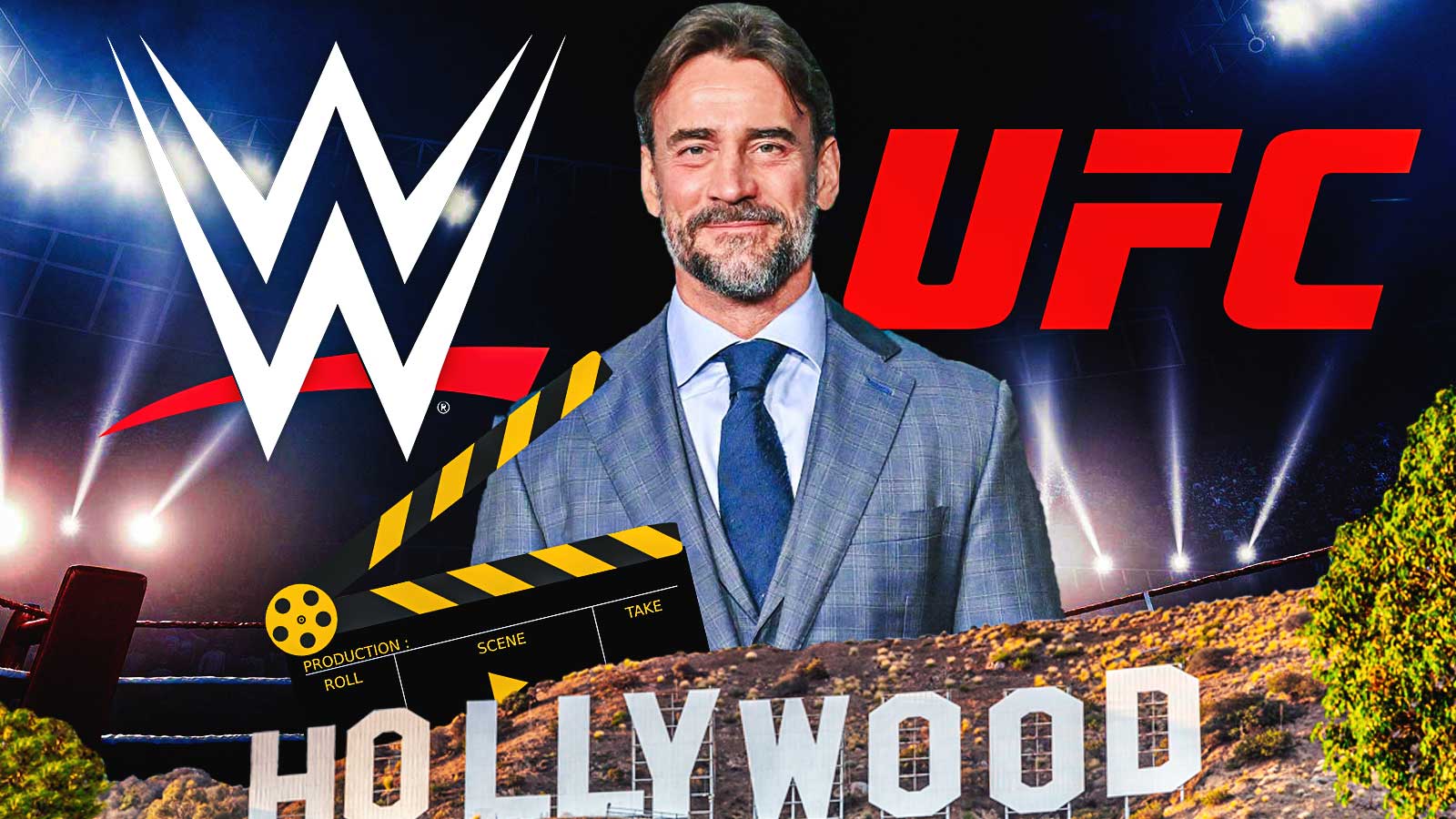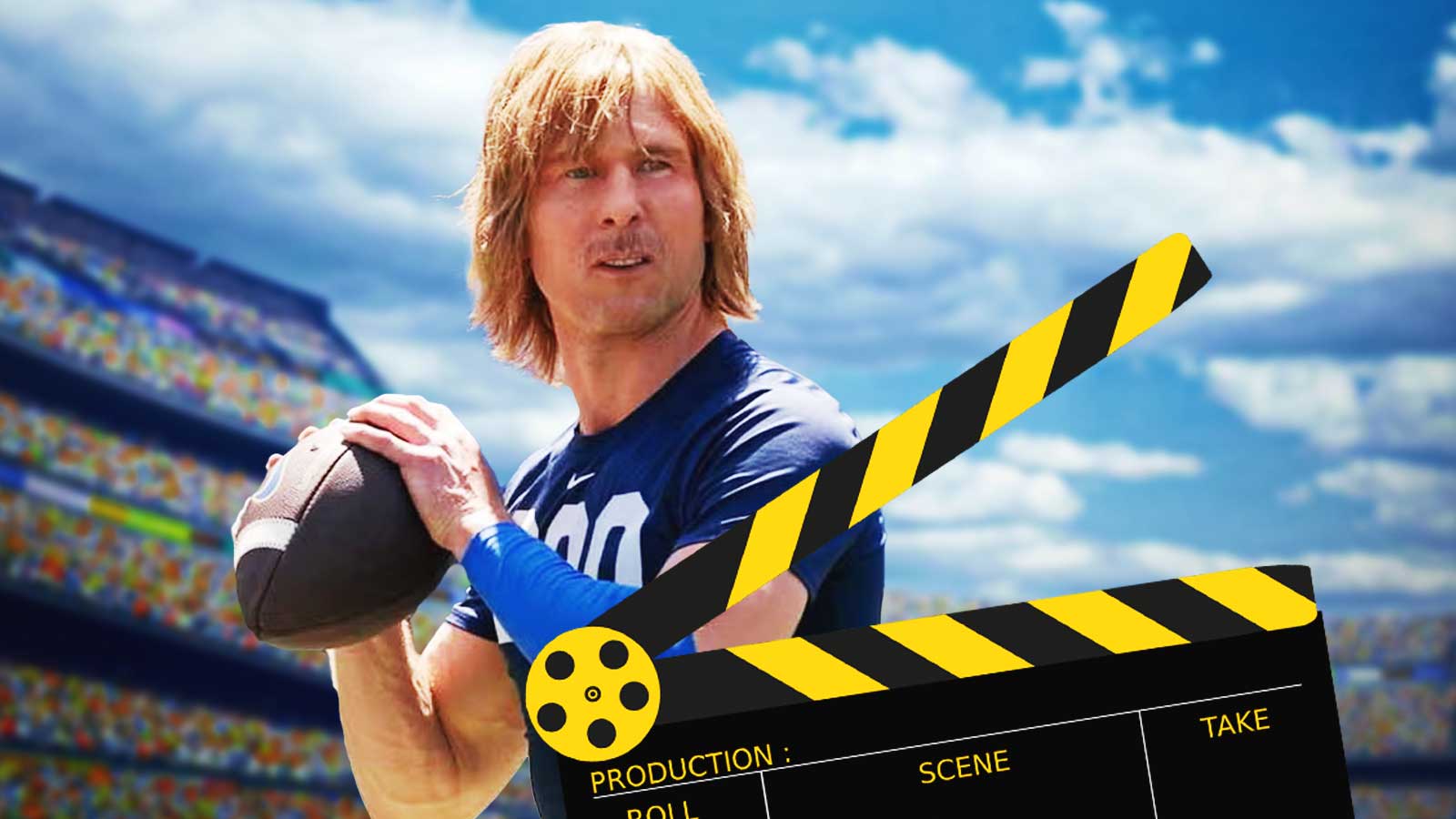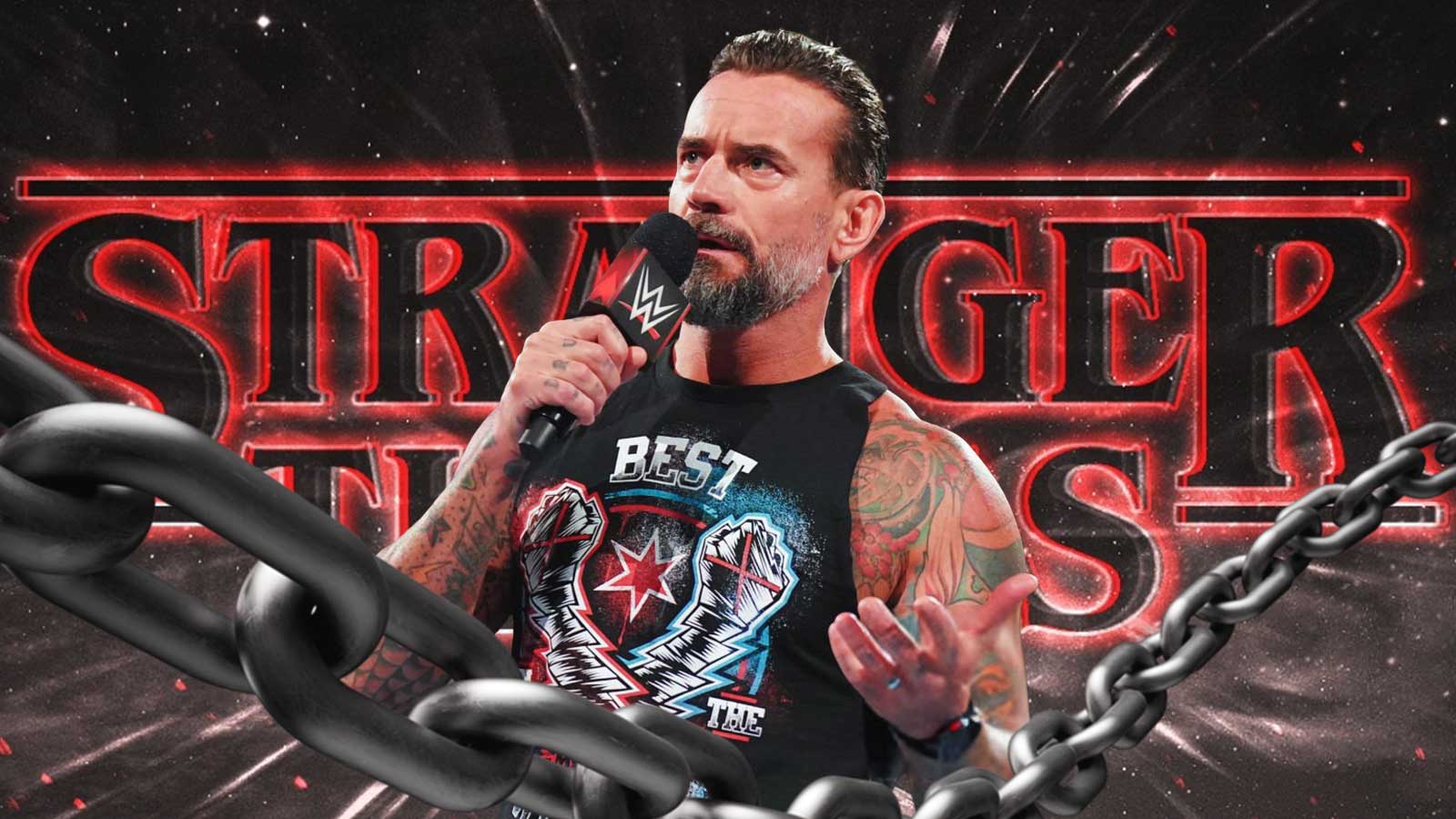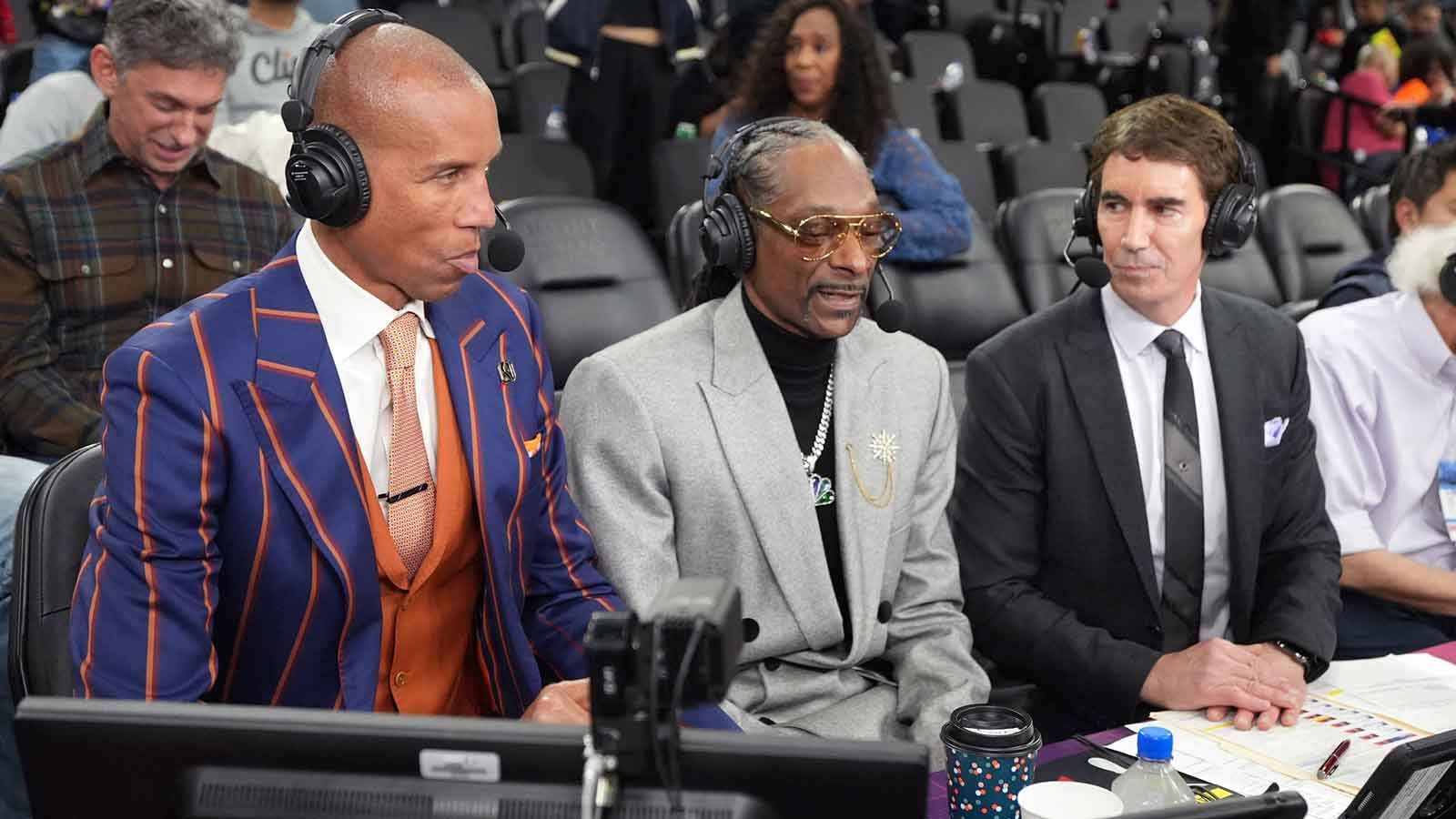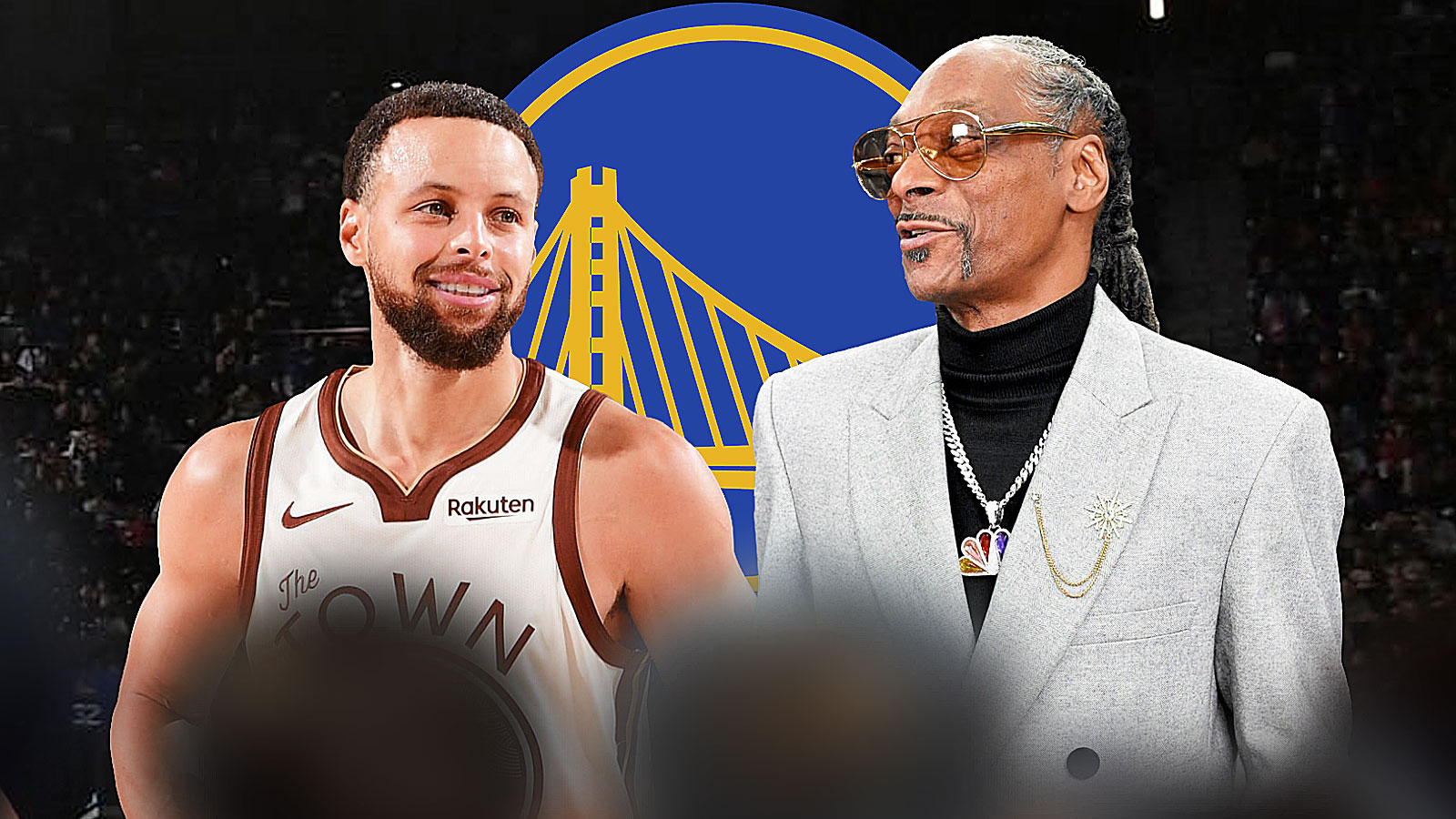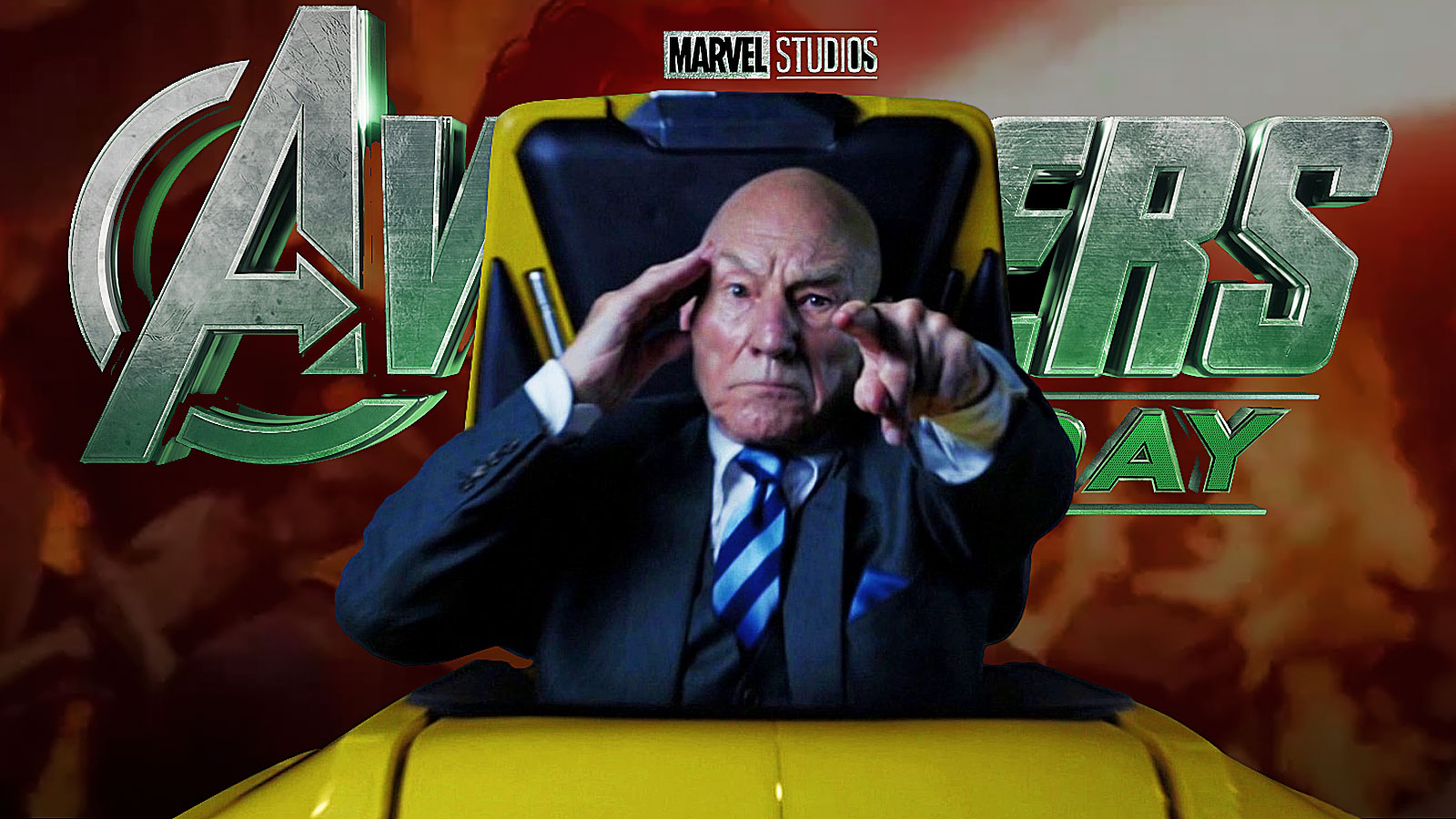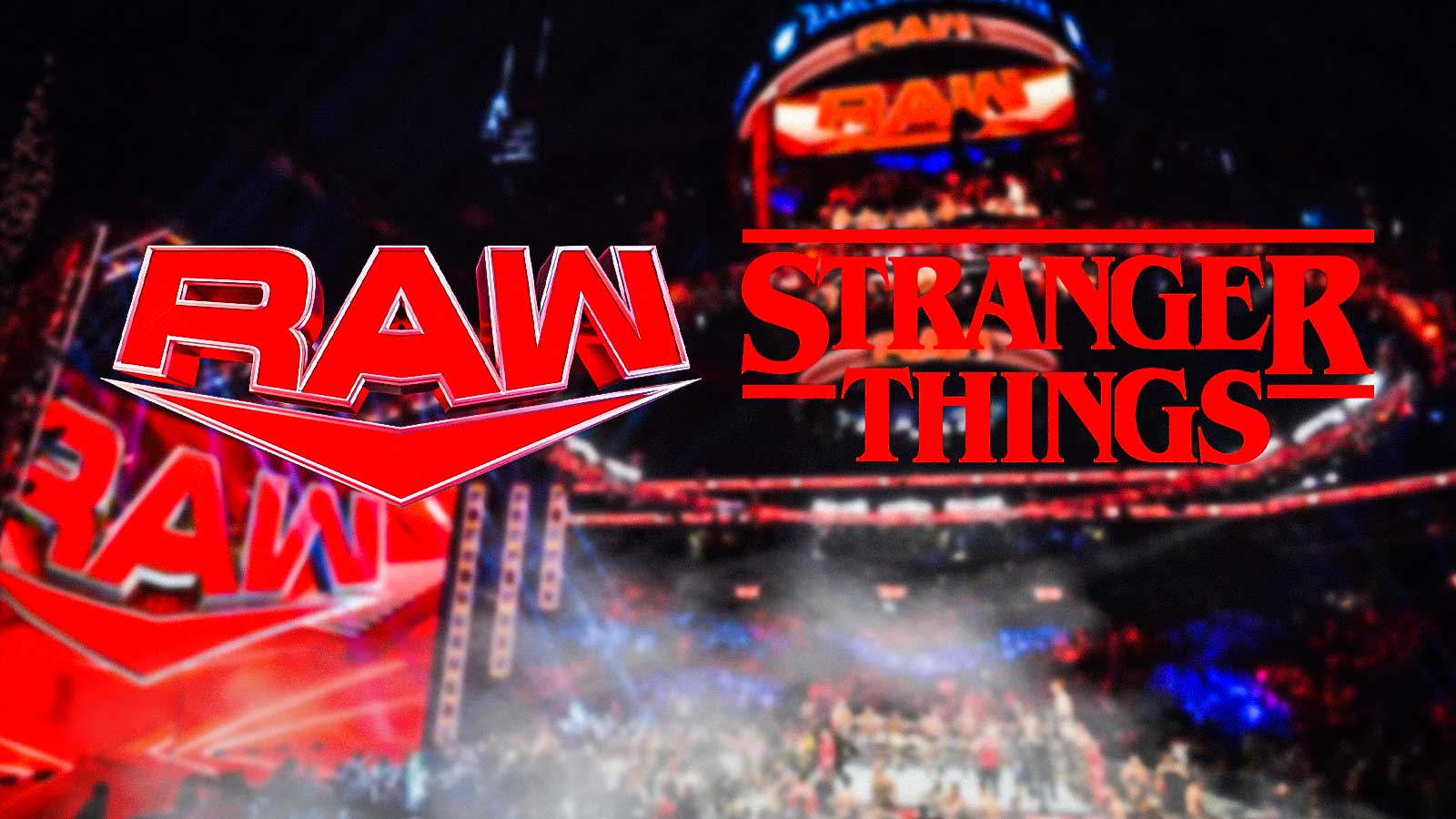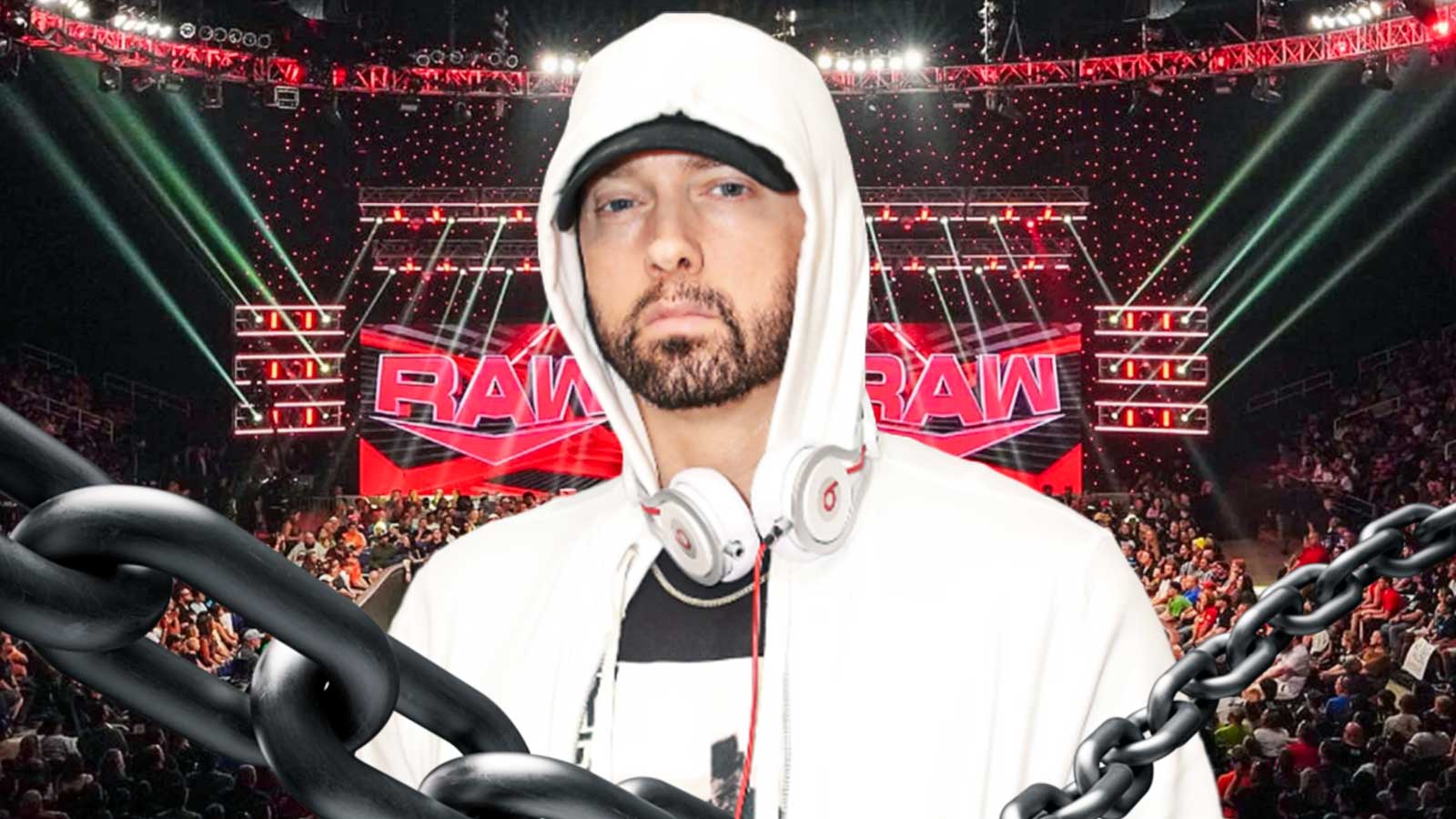One Piece has dropped on Netflix and the live-action series has been a hit.
While adapting a beloved mange and anime series in live-action form is a tall task, the crew behind Netflix's One Piece did a great job. That goes from the cinematography to the stunt and fight coordination. ClutchPoints spoke to One Piece fight coordinator Koji Kawamoto and stunt coordinator Franz Spilhaus over email. The two discussed their integral roles in the Netflix show's success and their career starts.
Stunt people definitely go under the radar — the Oscars really need to implement a Best Stunts category — and that's something Kawamoto recognizes. “In Japan, people don't really know what a fight coordinator is,” he said.
Spilhaus feels that casual moviegoers don't appreciate the “research” and “ideation” that goges into stunt coordinating. “[People don't appreciate] the amount of research and ideation that goes on behind the scenes to find the right mood/tone and visual that will do each scene justice. Let along the creativity of bringing so many elements together to work in harmony and make the viewer feel like they are seeing something they have never seen before,” he said.
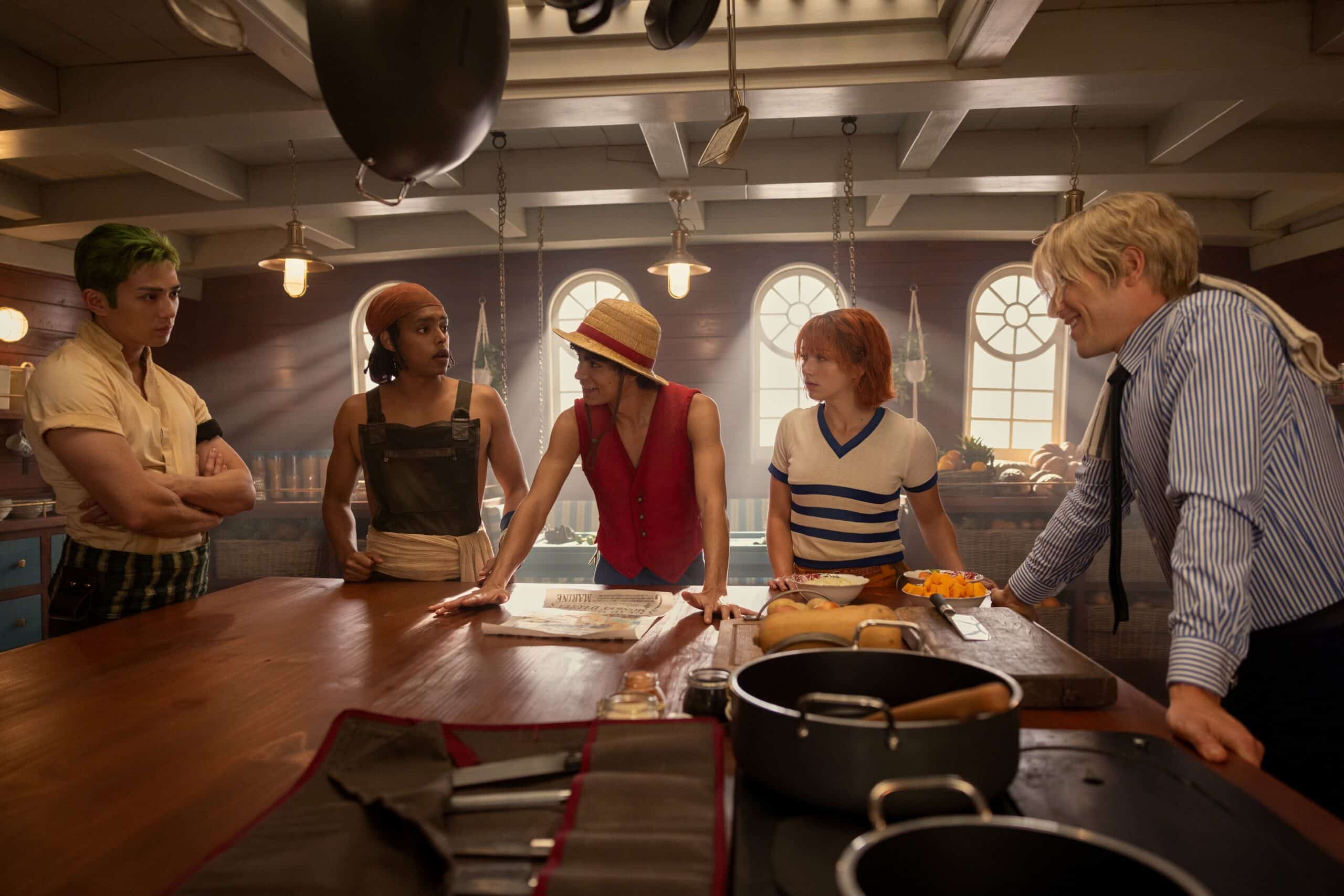
When ClutchPoints spoke to Bottoms stunt coordinator Deven MacNair, something she pointed out is that all stunt coordinators are stunt people at some point. That's something that Spilhaus agrees with. “Yes, that's correct. [My journey] started out from being an outdoor fanatic who wanted to play any sport I could and be as active as possible. I loved sailing and rock climbing as well and that led to me getting involved in stunt rigging on movie sets,” he recalled. “As things developed I started doing stunts as well and progressed from there.”
He continued, “So my background is involved in both elements of stunt work and then later as I started coordinating. I started using the camera more and more, and the love for filming became a passion. Now all three [of] these elements go hand-in-hand to make a good stunt coordinator.”
Kawamoto took a different approach to getting into the industry. “I started my career doing event shows in Osaka, Japan. I loved Jackie Chan and wanted to do stunts [in] films, so I went to Tokyo to learn various techniques under various directors and stunt coordinators,” he recalled.
Throughout his career, Spilhaus has worked on dozens of projects. Looking down his IMDb list, you'll notice plenty of action projects. However, the world of One Piece is what made the project so unique for him. “Your imagination is your only restriction, so that's what made the whole process so much fun,” he said.
However, for as unique as One Piece is, Spilhaus did mention that Black Sails helped prepare him for his work on this show: “I did a pirate show for STARZ in the states called Black Sails. So a lot of similarities can be taken from that and in fact, the EP, Chris Symes, is the EP on One Piece as well. It was his vision to bring the full Black Sails team back together to work on this amazing show.”
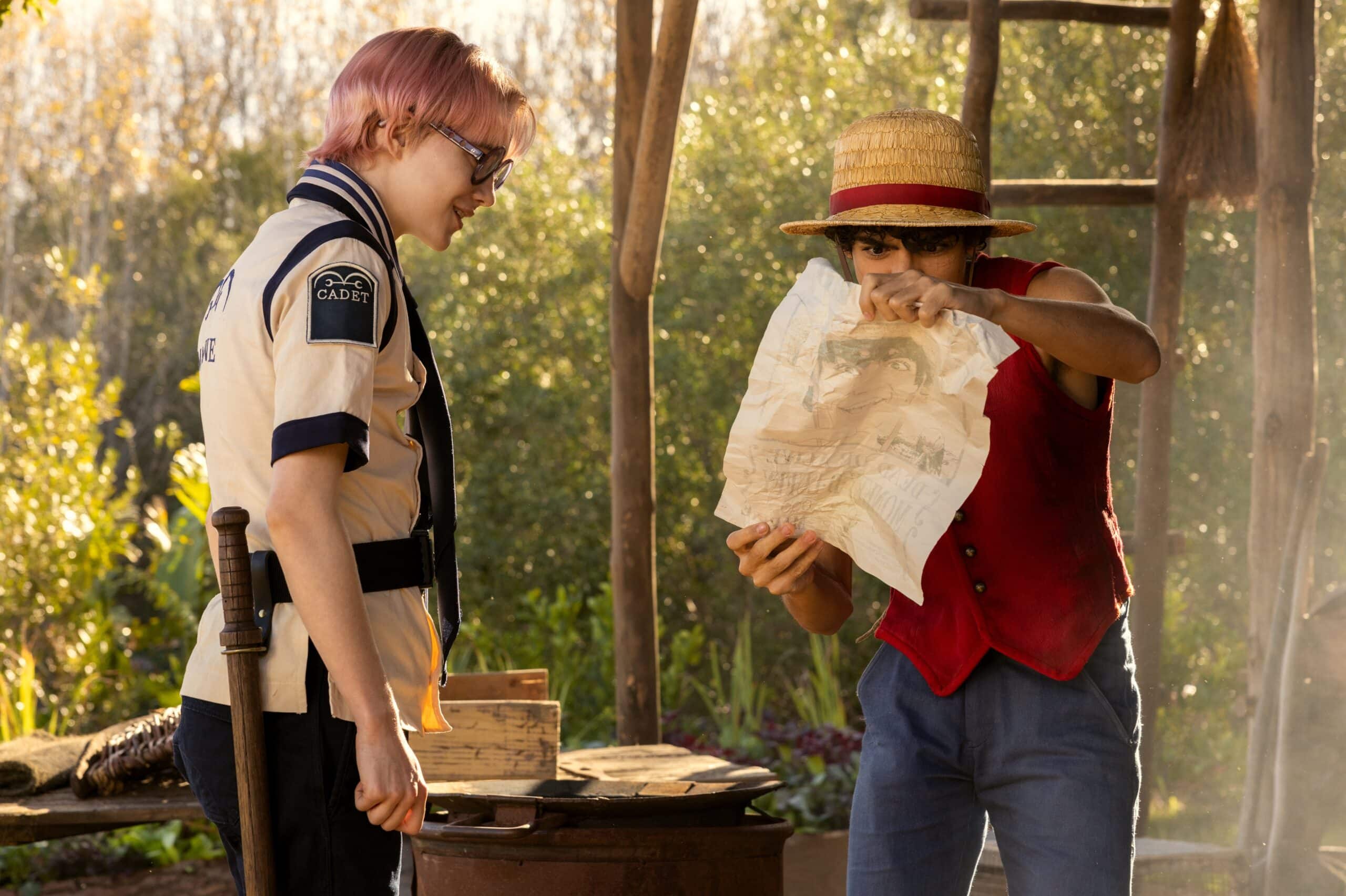
For reference, Spilhaus served as the boss of Kawamoto on One Piece. Though the two worked very closely during the production. “Franz is our boss and he talks to [the] production [crew] about all the preparations and what we need,” Kawamoto said. “Franz and I came up with a lot of ideas for the fights.”
Given the manga roots of One Piece, Spilhaus wanted to remain true to that. That's a part of why Kawamoto was brought in. “We got each other from the get-go,” he said. “I brought him in because as far as I was concerned, only a Japanese stunt coordinator could handle anything to do with Zoro and his Katana work.”
He added that Kawamoto was the first choice on his list and that he knew that he would do Zoro's sequences “so much justice” as a Once Piece fan himself.
And being a fan, Kawamoto did feel some pressure to live up to the fans' expectations. “I created the fight[s] with the thought that the fans of the original material should not be disappointed,” he said. “And although I was under pressure, that pressure was blown away when I saw Mackenyu (who plays Zoro) in costume. I knew that Mackenyu would meet the expectations of both the fans of the original and the new fans.”
Spilhaus, on the other hand, didn't feel as nervous as he did excited.
“I would say more excitement as the environment amongst the crew was one of collaborating together and drawing off each other's skills to put an amazing visual on the screen. Besides that, we just went and had a lot of fun with the show,” Spilhaus said.
With so much material to look back at, Spilhaus did his own but also relied on his crew, which was made up of One Piece “mega fans.”
“We took from both [the manga and anime], actually,” Spilhaus revealed. “As mentioned before, we did a ton of research for every sequence and relied on a few [members] of my stunt team who were One Piece mega fans. So that really helped a lot.”
Kawamoto said he was mainly inspired by the original work, Eiichiro Oda's manga series, rather than the popular anime series.
When it came to the hardest fight sequences to coordinate, Kawamoto and Spilhaus had differing answers. The former named the Mihawk and Zoro fight as the “hardest” to coordinate, while the latter said that the Arlong Park Straw Hats vs Fish-Men was the hardest.
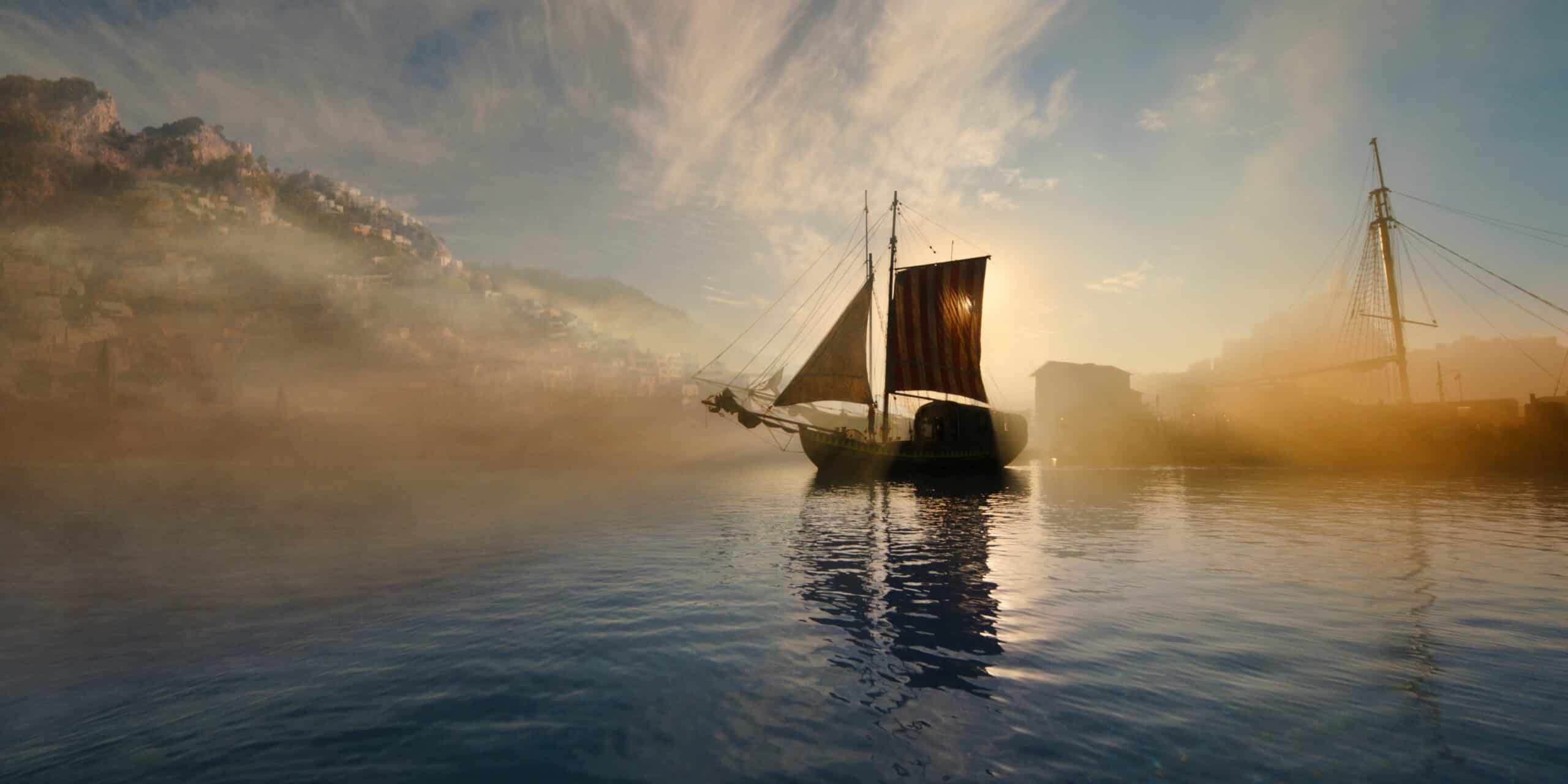
Speaking of the Straw Hats fight sequence that Spilhaus mentioned, Kawamoto called the days working on that set piece “difficult.”
“The Arlong Park set was difficult,” he said, adding, “The scaffolding was narrow and the water was wet and cold. But we were able to make some good fight scenes.”
Spilhaus also spoke about the Arlong Park sequence, noting that it was “9 degrees celsius outside,” with the water being “even colder.”
He added, “Fish-Men's hands frozen and covered in rubber gloves and masks that filled with water when you came up from under the water and you could hardly breath. Yeah, that was a tough two weeks out there and the wire rigging on that sequence was insane.”
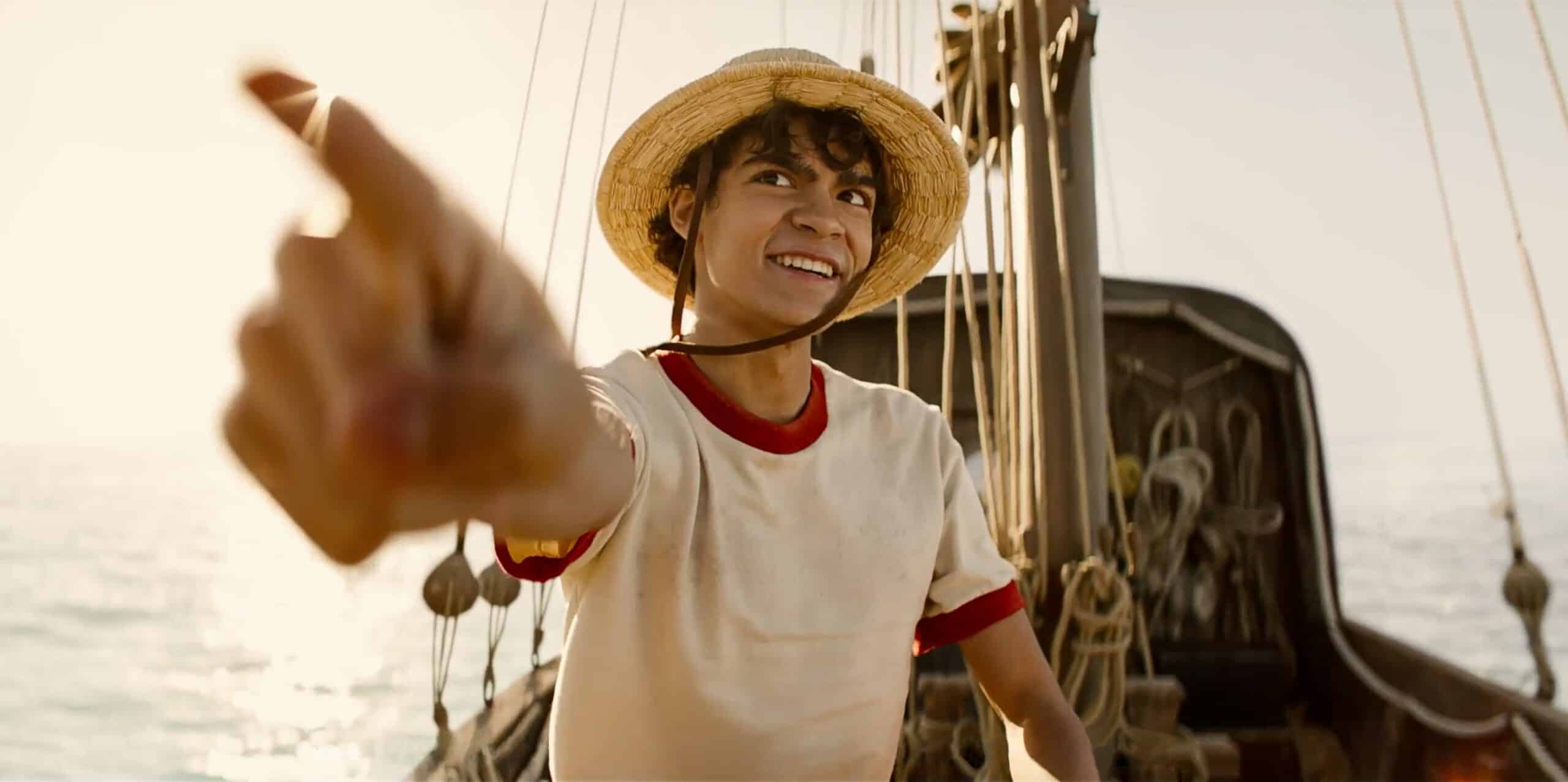
As for what references One Piece fans can expect to see from the manga and the anime, both Spilhaus and Kawamoto kept it close to the vest. Kawamoto noted that there definitely are references to the One Piece anime, while Spilhaus gave a bit more, saying, “Yes, there most certainly are, but you will have to wait and see what those are. Safe to say, we really used the anime and manga as our source material for every fight we did.”
One Piece is the first live-action adaptation of Eiichiro Oda's famous manga. The series debuted on Netflix last week to huge numbers — finishing atop the Global Top 10 list during the week of August 28-September 3. It logged 140.1 million hours viewed and over 18.5 million total views. The Netflix numbers are always vague, but that's still an impressive figure.
And with a Season 2 undoubtedly on the way, you'd have to hope that Netflix reassembles the One Piece crew including both Koji Kawamoto and Spilhaus.
One Piece is streaming on Netflix now.

